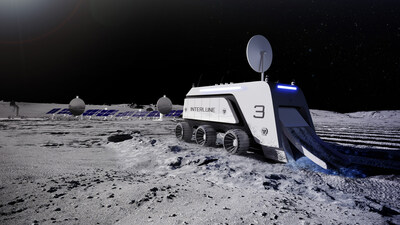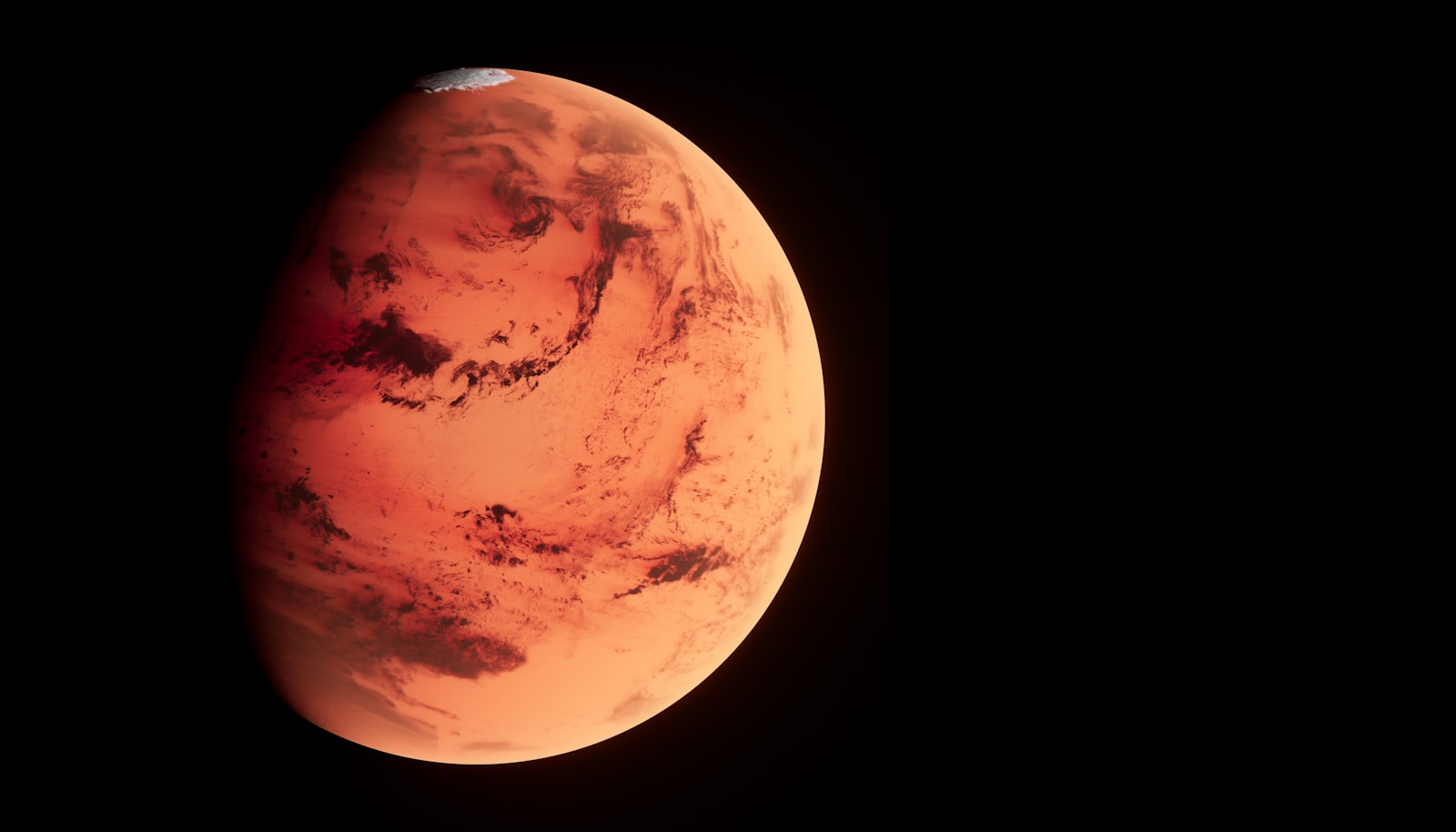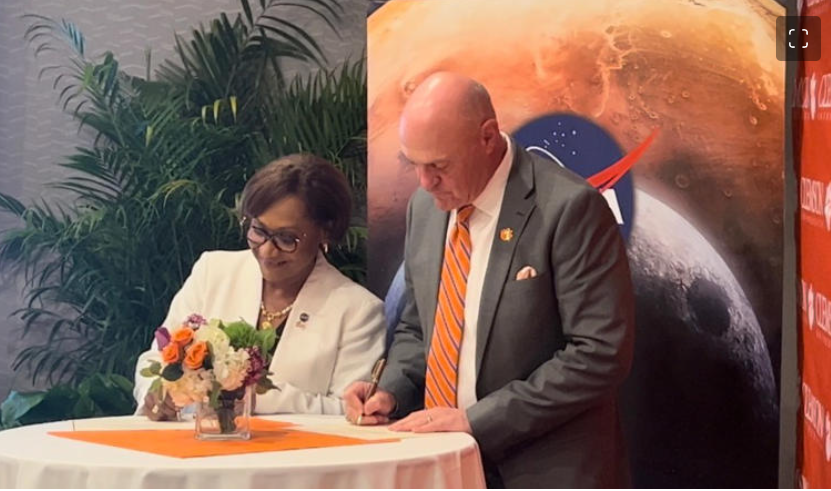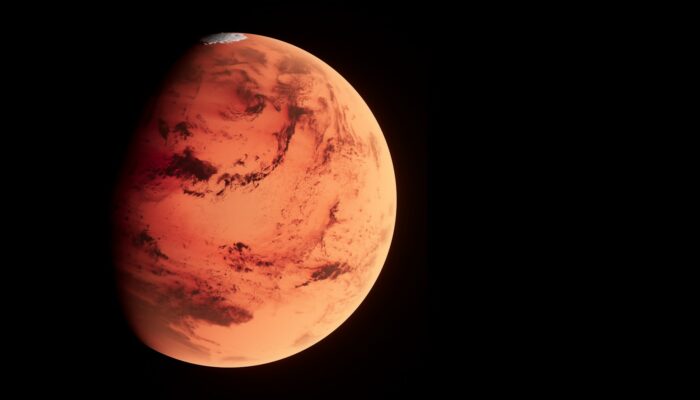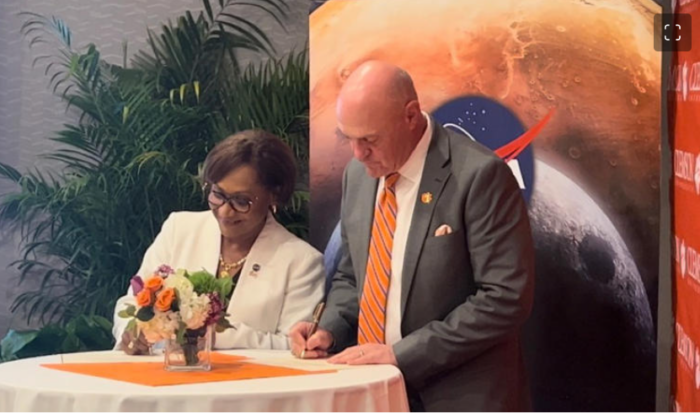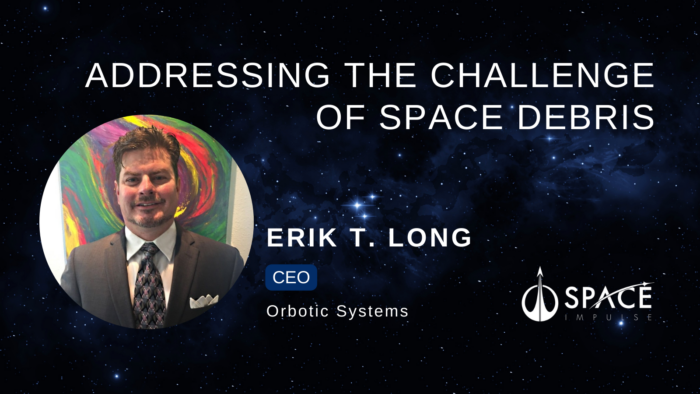Insider Brief:
- Internlune has raised $15 million in a recent funding round, bringing the total amount raised by the company to $18 million.
- Interlune’s groundbreaking technology aims to sustainably extract Helium-3 and other valuable resources from the moon.
- Helium-3, a resource abundantly available on the Moon yet scarce on Earth holds promise for various sectors, including national security, quantum computing, medical imaging, and fusion energy.
- Image credit: Interlune
Interlune, a natural resources company, has announced that it has secured $15 million in funding to advance its groundbreaking technology aimed at extracting Helium-3 and other valuable resources from the Moon.
Led by Alexis Ohanian’s venture firm Seven Seven Six, a recent $15 million round of funding, combined with previous angel investments, propels Interlune toward its mission with a total of $18 million raised. Katelin Holloway, founding partner of Seven Seven Six, will lend expertise to the Interlune board of directors. The investment consortium also includes Aurelia Foundry Fund, Gaingels, Liquid 2 Ventures, Shasta Ventures, and a dedicated group of University of Michigan alumni.
Interlune’s founding team, comprising seasoned professionals from esteemed backgrounds such as Rocket Lab, BlackSky, Alphabet, and Maxar, is well-versed in both commercial and civil space endeavours. With their collective experience, Interlune is poised to develop core technologies facilitating responsible lunar resource extraction to cater to a diverse clientele.
At the forefront of Interlune’s objectives is the extraction and transportation of lunar Helium-3, a resource abundantly available on the Moon yet scarce on Earth. This mission holds promise for various sectors, including national security, quantum computing, medical imaging, and fusion energy. Helium-3’s potential significance has spurred demand, particularly since its shortage recognition by the U.S. government in the early 2010s.
Looking beyond Helium-3, Interlune envisions harvesting a spectrum of resources like industrial metals, rare Earth elements, and water to bolster sustained lunar presence and foster a flourishing in-space economy.
A key aspect of Interlune’s approach lies in its innovative technologies for excavating and processing lunar regolith, or soil, to extract resources efficiently. Notably, their lunar harvester boasts a smaller, lighter design requiring less power compared to conventional concepts, thus enhancing cost-effectiveness in transportation and operations.
In October 2023, Interlune received a National Science Foundation (NSF) Small Business Innovation Research (SBIR) Phase I award, affirming recognition of its technological prowess. This grant will facilitate prototype testing on Earth under simulated lunar conditions, paving the way for full-scale development and demonstration on the Moon.
Interlune’s journey signifies a convergence of technological innovation and strategic vision aimed at unlocking the potential of space resources for the betterment of life on Earth. As Holloway aptly notes, this investment isn’t just in technology; it’s an investment in our collective future—a future where the cosmos sustains life on our irreplaceable home planet.
If you found this article to be informative, you can explore more current space industry news, exclusives, interviews, and podcasts.
Share this article:
